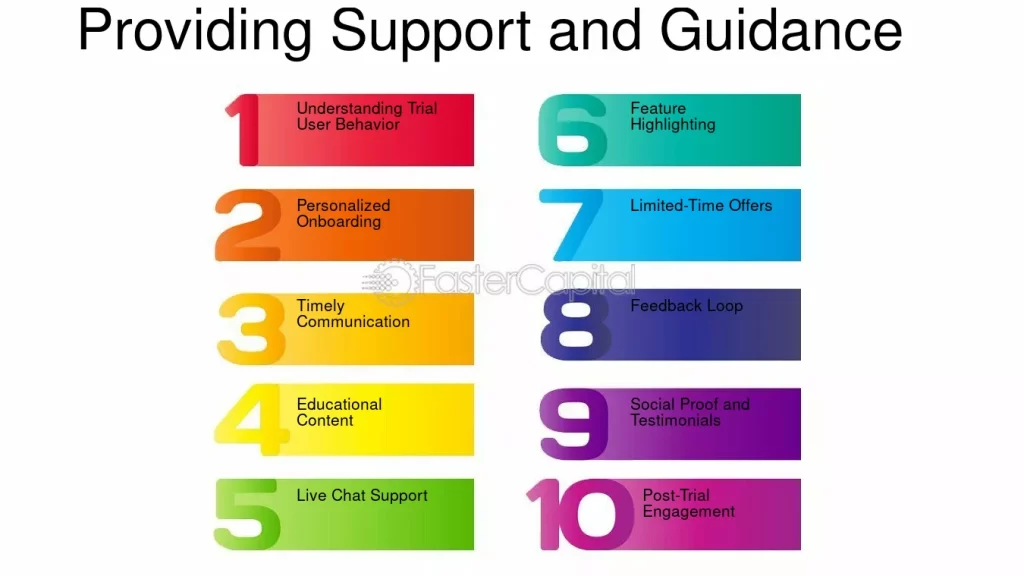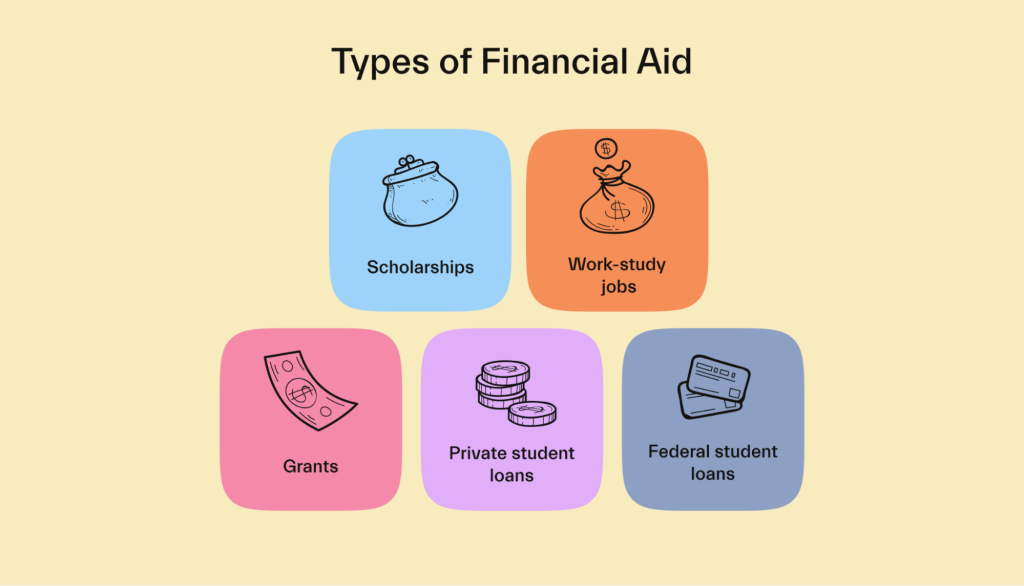AUTHOR: LUCKY MARTINS
DATE: 23/12/2024
Introduction
India, with its vast and World population[1], is home to millions of students aspiring to achieve a higher education degree. Financial constraints, lack of guidance, and limited access to resources often make it difficult for students from low-income backgrounds to pursue higher education[2]. To address these obstacles, India has started focusing on high-risk financial[3] aid programs aimed at first-generation college students, giving them an opportunity to break free from the cycle of poverty. This article explores the importance of such financial aid, available programs, and their impact on students’ educational aspirations[4].
The Challenges Faced by First-Generation College Students
Lack of Financial Resources
For first-generation students, the primary challenge is the inability to afford college education. Many students come from families with limited financial means, where the cost of tuition, books, accommodation, and other educational[5] expenses becomes a barrier.

Limited Guidance and Support
First-generation students often lack mentors or family members who can guide them through the college application process, financial planning, or the various scholarships available. This lack of awareness can prevent them from accessing opportunities that could help alleviate their financial burden.
Social and Cultural Barriers
Many first-generation college students come from rural areas or communities that do not prioritize higher education for certain groups, especially women. In some cases, societal pressures or cultural norms discourage them from pursuing further education. Such barriers can be a major challenge for these students to overcome.
High-Risk Financial Aid Programs in India
To bridge the gap and support first-generation college students, several high-risk financial aid programs have been introduced in India. These programs provide financial assistance to students who are at a disadvantage due to their socio-economic backgrounds, ensuring that they have a fair opportunity to succeed academically.
1. Central Sector Scheme of Scholarship for College and University Students
This is one of the most prominent financial aid programs introduced by the Government of India. Under this scheme, students who have secured a minimum of 80% marks in their 12th board exams and come from economically weaker sections are provided with scholarships. The scholarship covers tuition fees, books, and other related expenses, making it easier for first-generation students to afford their education.

2. Post-Matric Scholarships for SC/ST/OBC Students
The Post-Matric Scholarship scheme is designed to support students from Scheduled Castes (SC), Scheduled Tribes (ST), and Other Backward Classes (OBC). It provides financial aid to students at the postsecondary level, ensuring that students from marginalized communities can access higher education.
3. Dr. Ambedkar National Merit Scholarship
This scholarship is specifically meant for students from Scheduled Castes who are pursuing undergraduate or postgraduate courses in recognized institutions. The scholarship is aimed at reducing the financial burden of students and helping them succeed academically.
4. IIT and IIM Scholarships for Economically Disadvantaged Students
Indian Institutes of Technology (IITs) and Indian Institutes of Management (IIMs) offer special scholarships for economically disadvantaged students, particularly those who are the first in their families to attend college. These scholarships help cover tuition fees and other educational costs.
5. State Government Scholarship Schemes
Various state governments have launched their own scholarship programs to encourage first-generation students from economically disadvantaged backgrounds to pursue higher education. These include direct financial aid, fee waivers, and free coaching for entrance exams.
Impact of High-Risk Financial Aid Programs
The introduction of financial aid programs for first-generation college students has had a profound impact on their ability to pursue higher education. Some key benefits include:
Empowering Students
Financial aid allows students to focus on their studies without constantly worrying about their financial situation. It empowers them to excel academically and reach their full potential.

Increased Enrollment Rates
By reducing the financial barriers to higher education, these aid programs have led to increased enrollment rates among students from economically disadvantaged backgrounds. This, in turn, leads to greater social mobility and improved opportunities for future generations.
Closing the Gender Gap
In many rural and marginalized communities, girls face a disproportionate amount of social pressure to stay at home. Scholarships for first-generation female students encourage families to send their daughters to college, helping close the gender gap in education.
How to Apply for High-Risk Financial Aid Programs in India
Students can apply for these programs online through dedicated scholarship portals, such as the National Scholarship Portal (NSP), or through their respective institutions. The application process usually requires submitting academic records, proof of income, and other documents that verify the student’s eligibility.
Conclusion
High-risk financial aid programs play a crucial role in ensuring that first-generation college students in India have access to quality education. By reducing financial barriers, these programs allow students to focus on their academic growth and achieve their dreams. As India continues to focus on inclusive education, it is essential that these financial aid initiatives are expanded and tailored to meet the needs of students from all walks of life.
FAQ:
1. Who is eligible for high-risk financial aid in India?
First-generation college students from low-income families are typically eligible for high-risk financial aid programs. Specific eligibility criteria vary by scheme, but they generally require students to demonstrate academic merit and financial need.
2. How can I apply for scholarships?
Students can apply for scholarships through online portals like the National Scholarship Portal (NSP) or through the respective college/university websites. It’s important to ensure all documents are submitted before the deadline.
3. Can high-risk financial aid cover all education-related expenses?
While many scholarship programs cover tuition fees, some may also provide funds for books, accommodation, and other expenses. The exact coverage depends on the specific scholarship program.
4. Are scholarships for first-generation students available for postgraduate courses?
Yes, there are financial aid programs available for both undergraduate and postgraduate courses. Some scholarships are specifically designed for students pursuing higher education, such as the Dr. Ambedkar National Merit Scholarship.
5. What happens if I don’t maintain the required academic standards for the scholarship?
Most scholarship programs require students to maintain a certain grade point average (GPA) or academic standing. Failure to do so may result in the discontinuation of the scholarship. It’s essential to stay on top of your studies to retain the financial aid.

